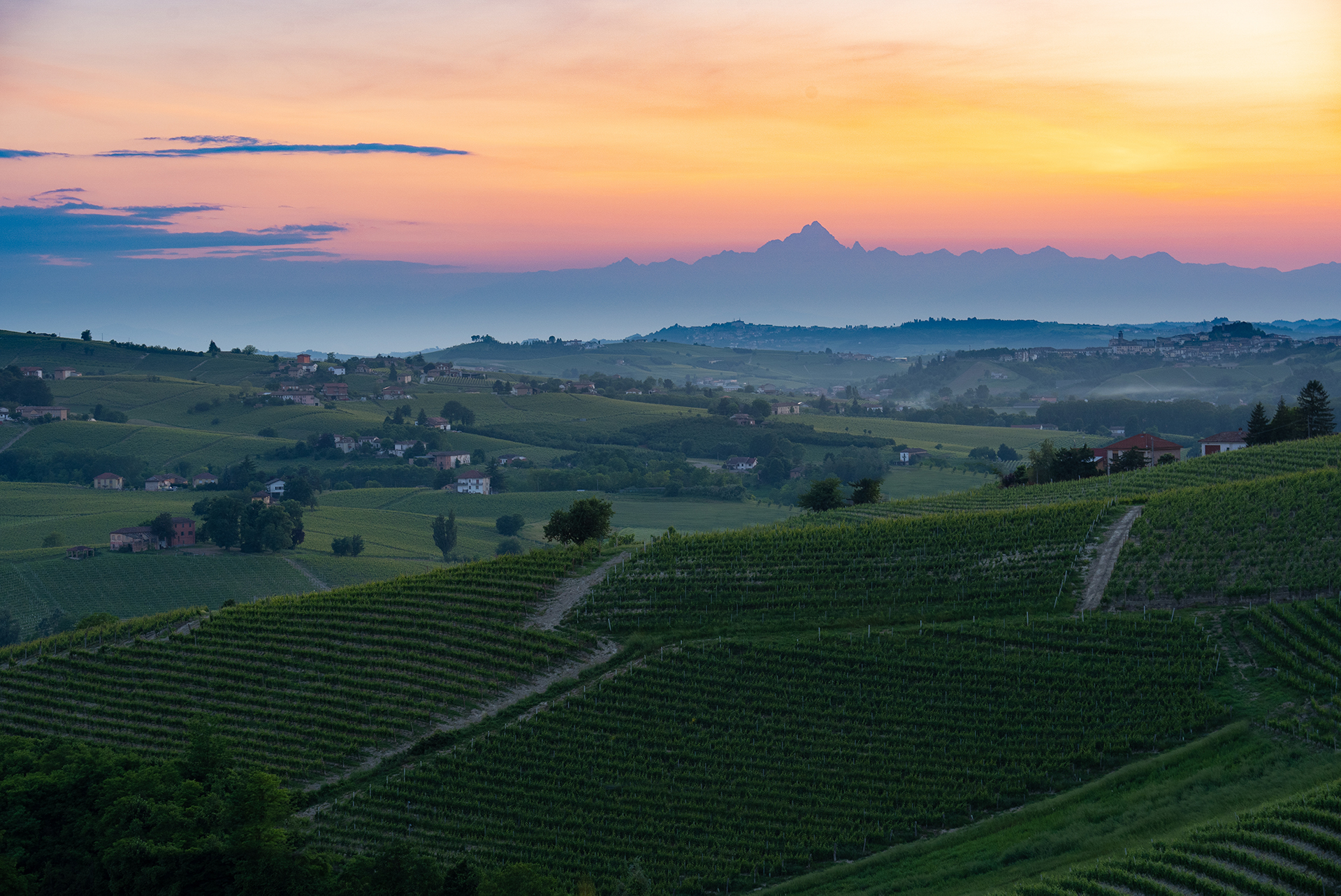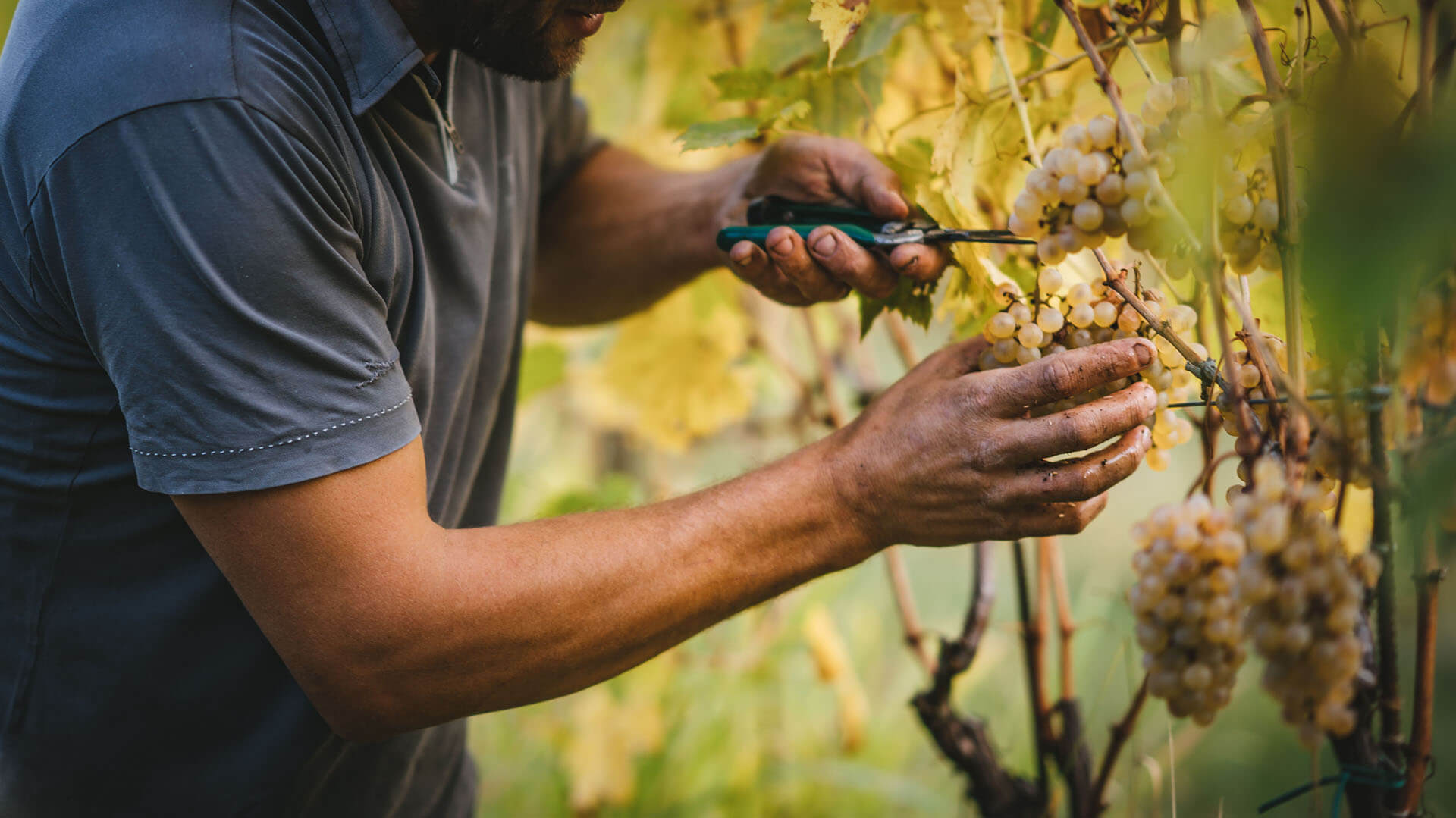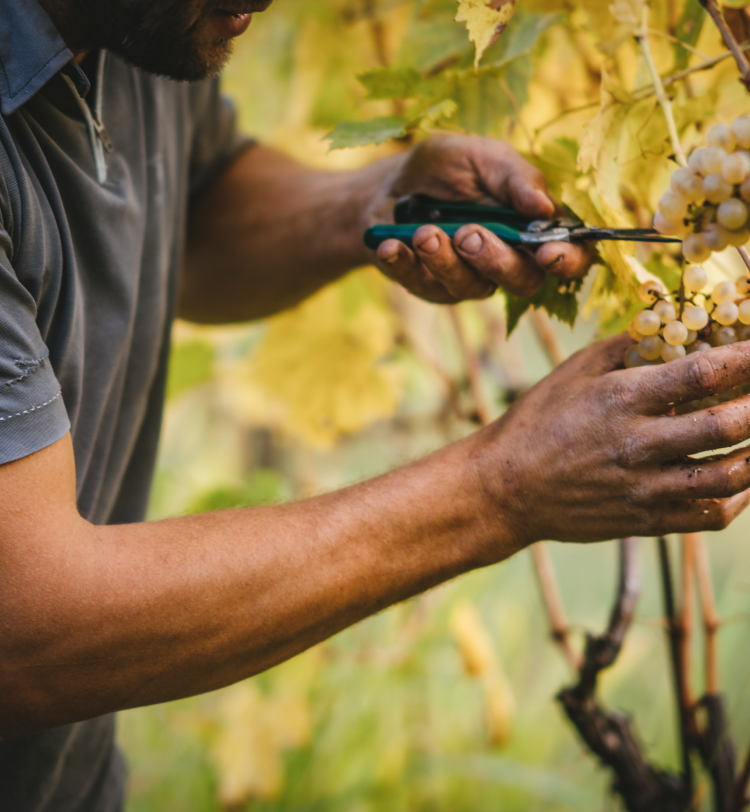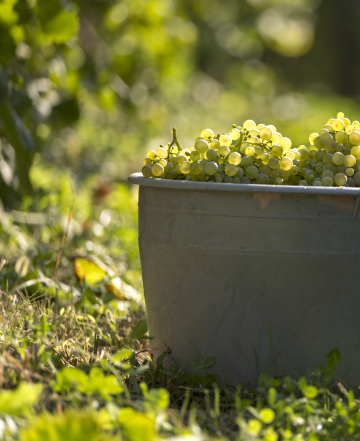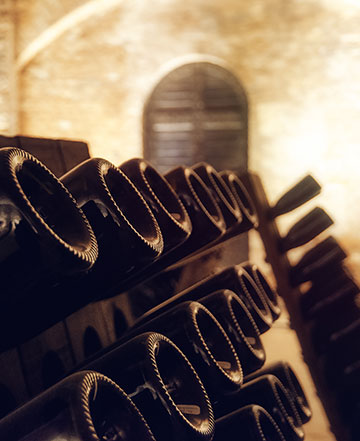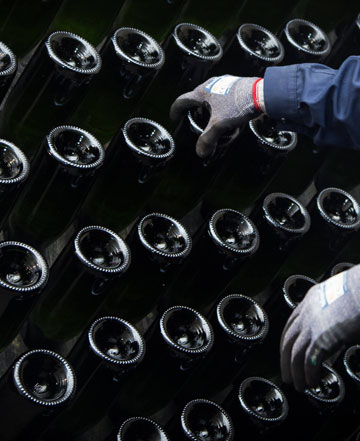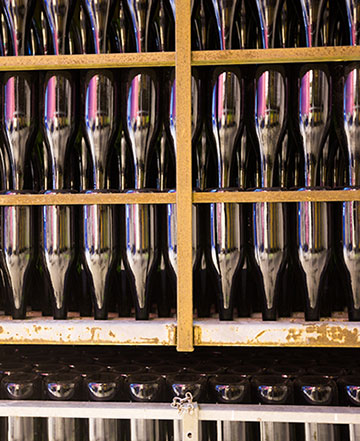The production of Franciacorta is strictly connected to time. Every human activity that strives towards excellence requires its own timing, and in the production of Franciacorta time is one of the main ingredients.
This explains why the Franciacorta disciplinary, where the method comes from, pays such strict attention to time. A Franciacorta Brut must have refermented in- bottle for at least 18 months, in order to be considered such. 24 months are needed to obtain a Franciacorta Rosé and Franciacorta Satèn, and up to 30 months for a Franciacorta Millesimato, Franciacorta Rosé Millesimato and Franciacorta Satèn Millesimato.
At least 60 months must pass to make Franciacorta Riserva, and the same goes for Franciacorta Rosé Riserva and Franciacorta Satèn Riserva.
We like to think of our Franciacorta as a voyager, just like our Purple Heron. The longer its voyage over the months, the better the experience it brings with it. Uncorking a bottle of Franciacorta is like receiving an incomparable gift, resulting from a long journey through time.

